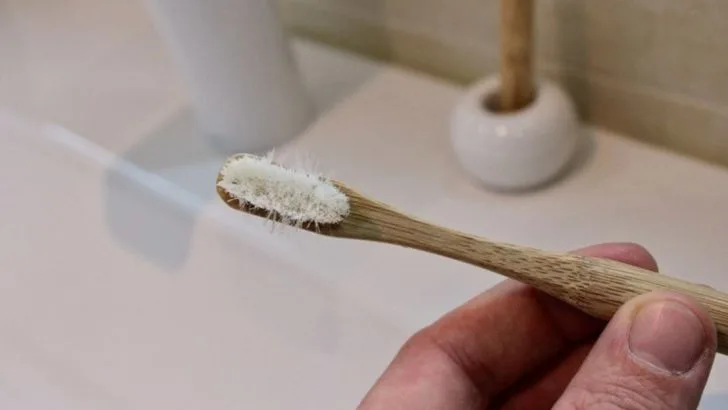Think you need a shed full of expensive gardening tools to get started? Think again. The truth is, many of the tasks you tackle in the garden can be done just as effectively with everyday items lying around your home.
From old kitchen gadgets to forgotten bathroom supplies, there’s a good chance you already have what you need—no trip to the garden center required. Not only can these swaps save you serious money, but they also reduce clutter and waste, making your gardening more sustainable and beginner-friendly.
Whether you’re short on tools, working with a tight budget, or just love a good DIY solution, these 20 clever replacements will have you planting, pruning, watering, and harvesting like a pro—using nothing but the things you already own.
Grab a spoon, a colander, or even an empty bottle, and let’s turn your home into your new favorite gardening store.
Spoon as a Trowel
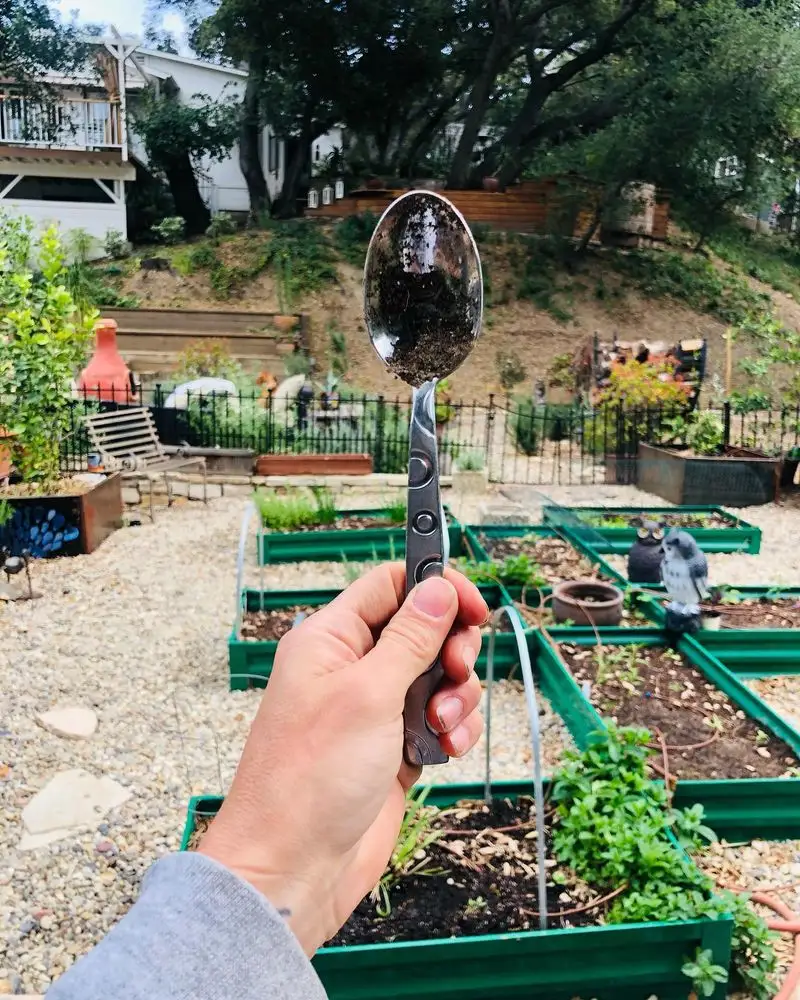
Ever found yourself without a trowel just when you need to plant a new seedling? Grab a sturdy metal spoon from the kitchen drawer. Its rounded shape and solid handle make it surprisingly effective for digging small holes.
Fork as a Cultivator
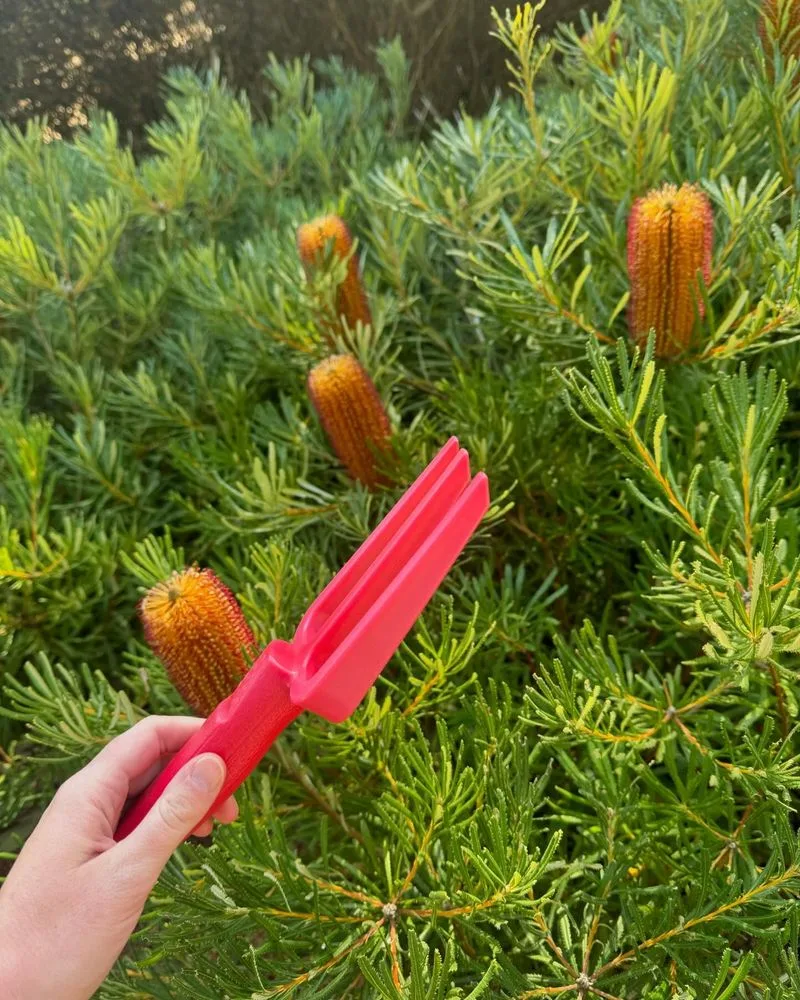
Your average kitchen fork can do wonders for aerating soil and breaking up clumps. The prongs work like a mini cultivator, making it easier for water and nutrients to reach plant roots.
Old Toothbrush for Cleaning
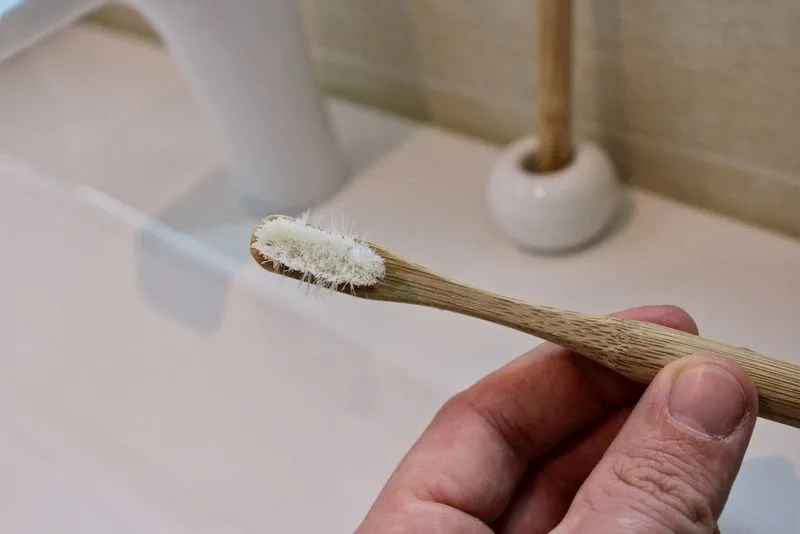
An old toothbrush is perfect for cleaning hard-to-reach spots on garden tools. Its bristles can scrub away dirt and grime, keeping your equipment in top condition.
Pantyhose as Plant Ties
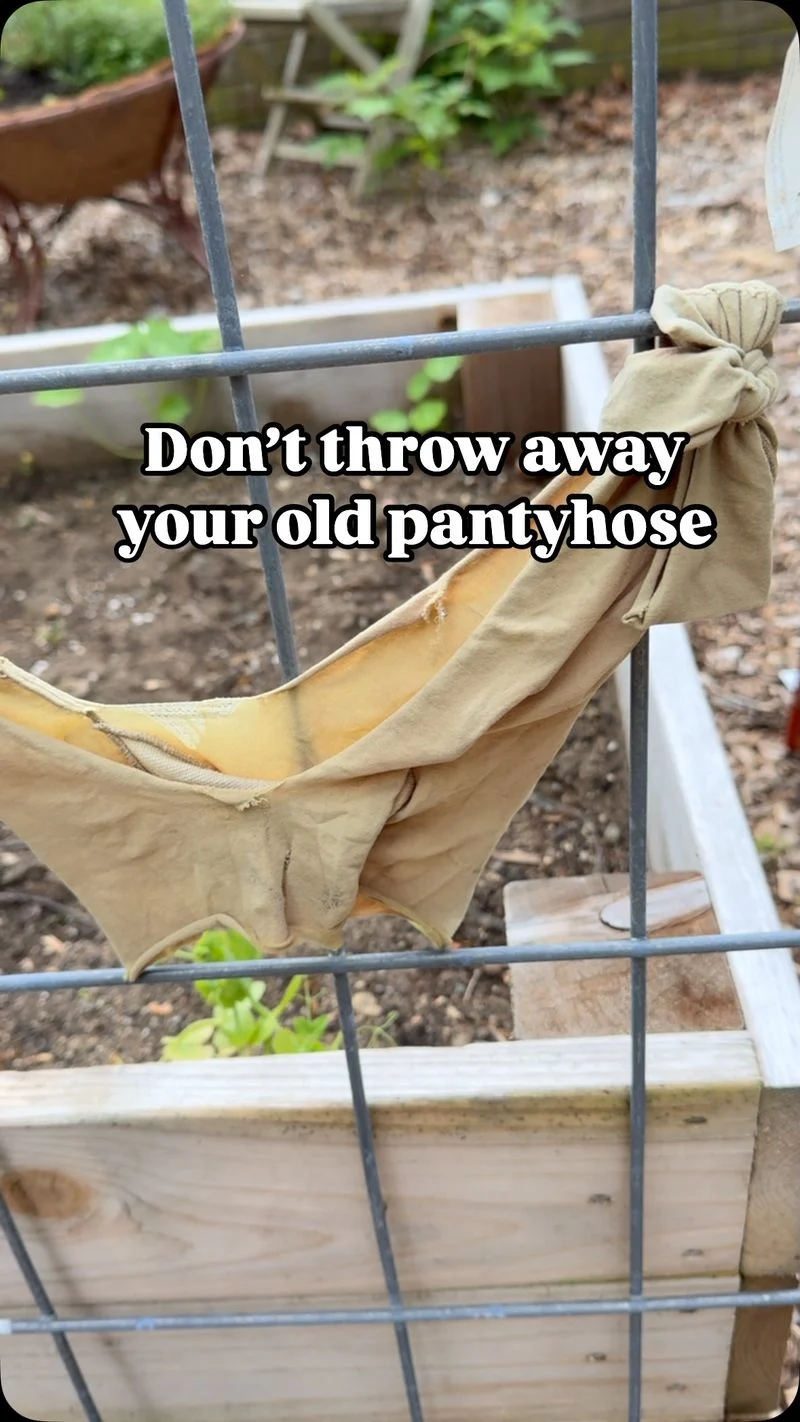
Need a gentle way to tie up delicate plants? Cut strips of old pantyhose. They stretch and flex, providing support without cutting into stems.
Milk Jug Watering Can
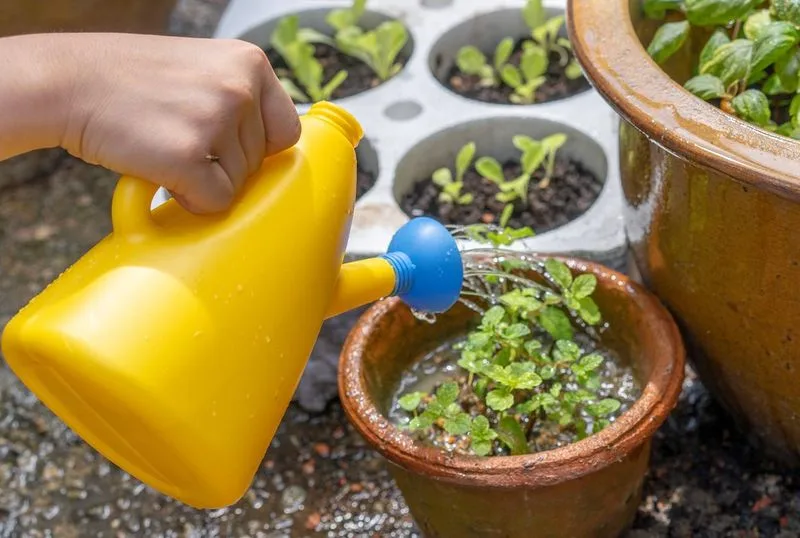
Transform an empty milk jug into a watering can by poking holes in the cap. It’s lightweight, easy to handle, and perfect for gently sprinkling water over plants.
Newspaper as Weed Barrier
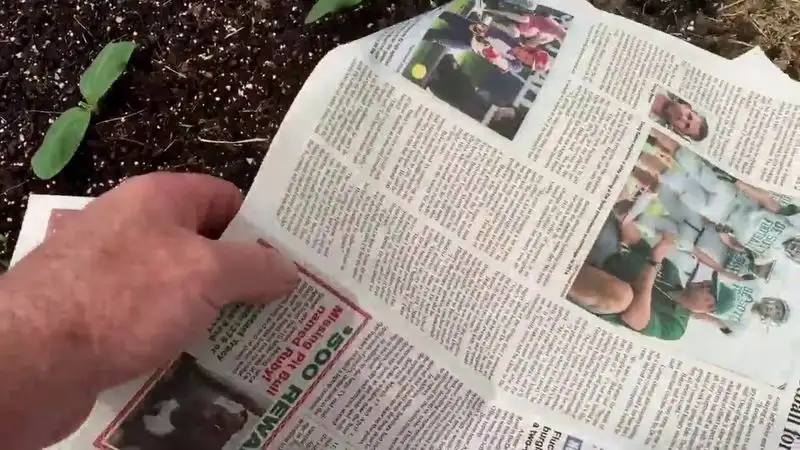
Spread sheets of newspaper in your garden to block sunlight from reaching weeds. This biodegradable barrier will eventually break down, enriching the soil.
Tin Can for Plant Labels
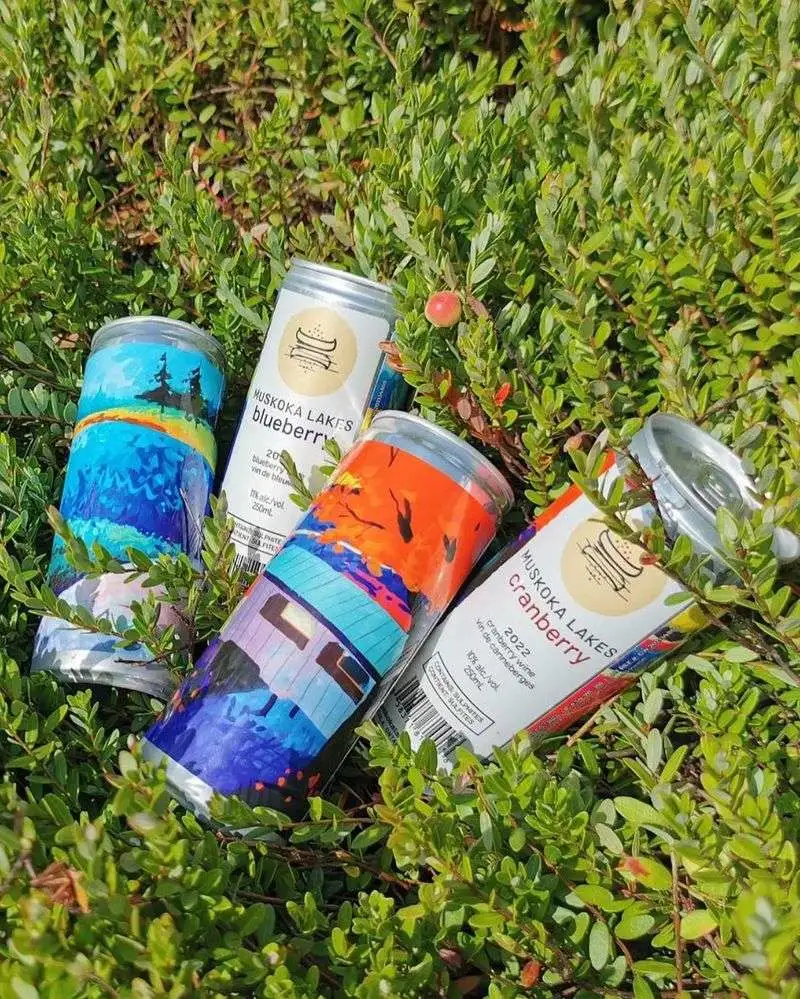
Cut up a tin can into strips and inscribe them with plant names. These durable labels can withstand the elements and help you keep track of your garden.
Colander for Harvesting
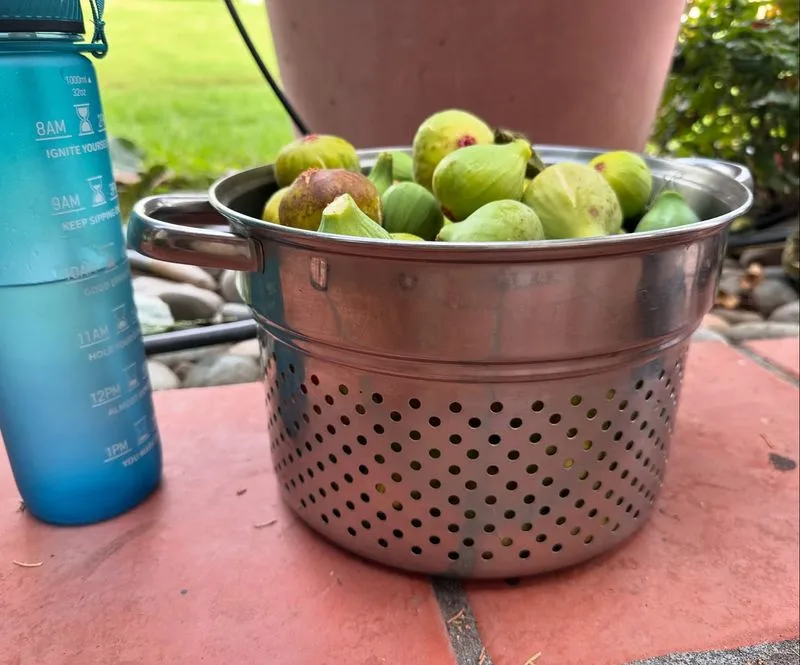
Use a colander to gather fresh produce from your garden. It allows you to rinse dirt off immediately, making it a practical and efficient tool for harvest time.
Egg Carton Seed Starter
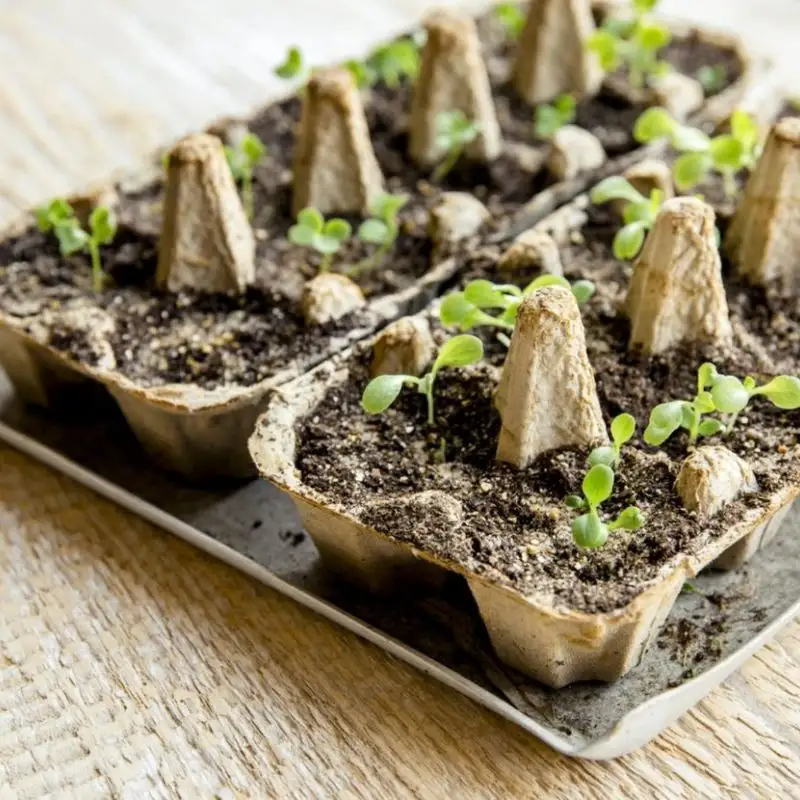
Start seedlings in an empty egg carton. Each compartment acts as a small pot, and the biodegradable material makes it easy to transfer to the soil later.
Mesh Bag for Bulb Storage
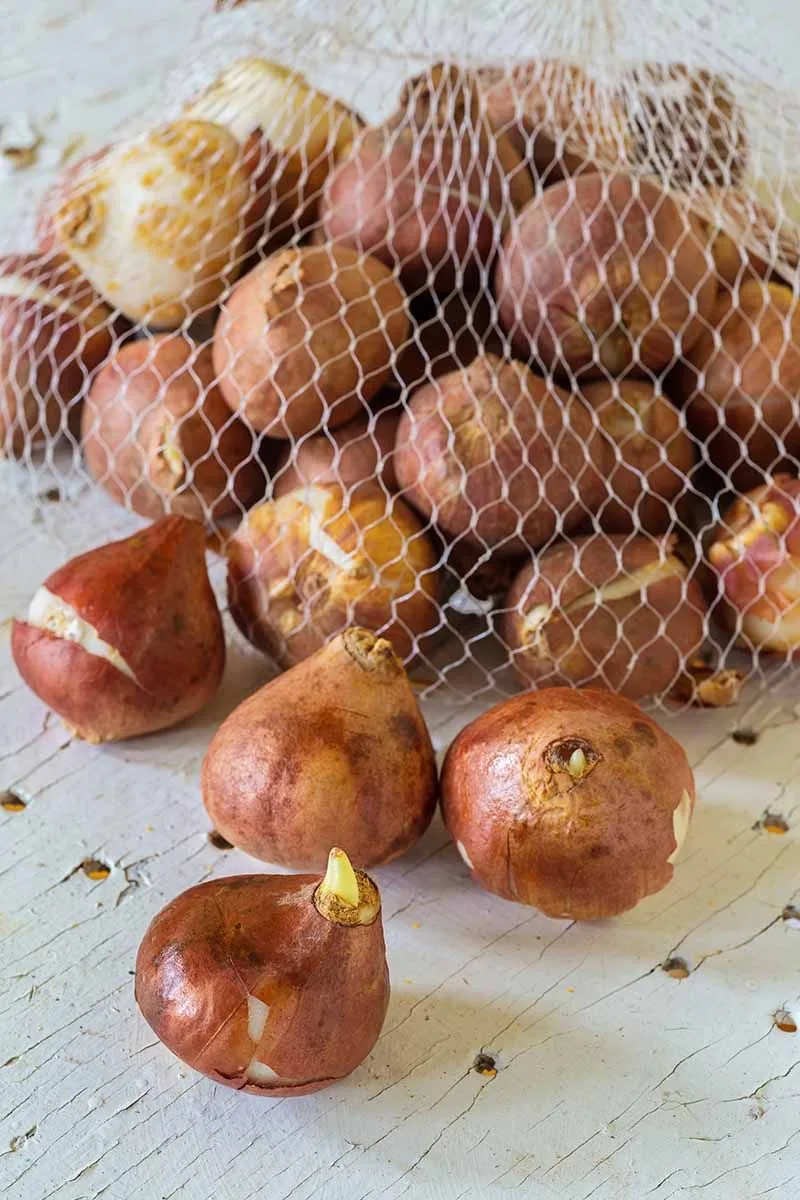
Store bulbs in a mesh bag, allowing air circulation while keeping them dry and safe. This method prevents mold and extends the life of your bulbs.
Plastic Bottle as a Cloche
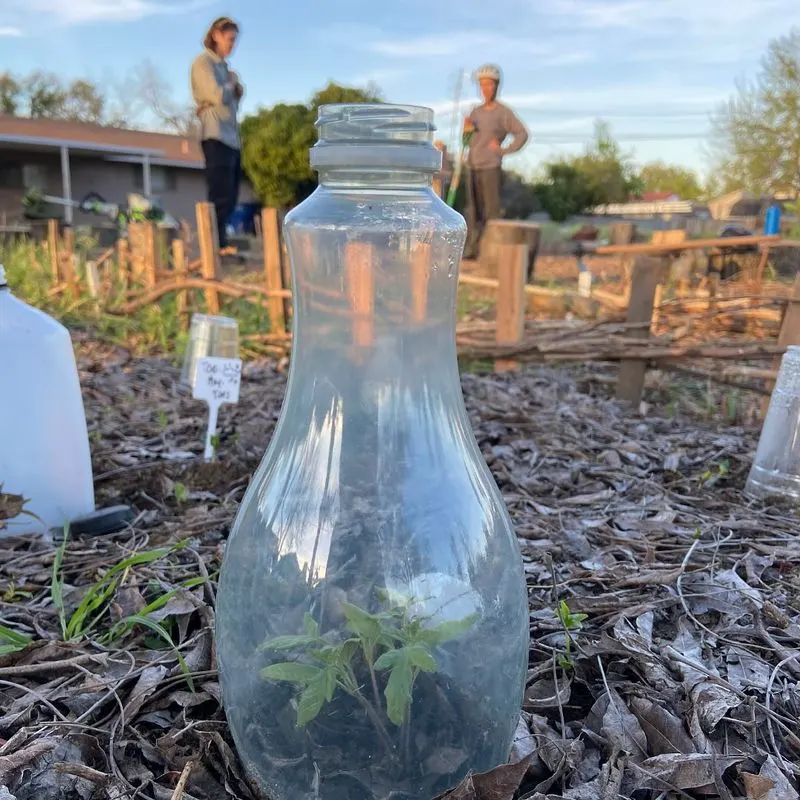
Cut a plastic bottle in half and use it to protect young seedlings. This makeshift cloche shields from wind and pests while providing warmth.
Spatula for Soil Leveling
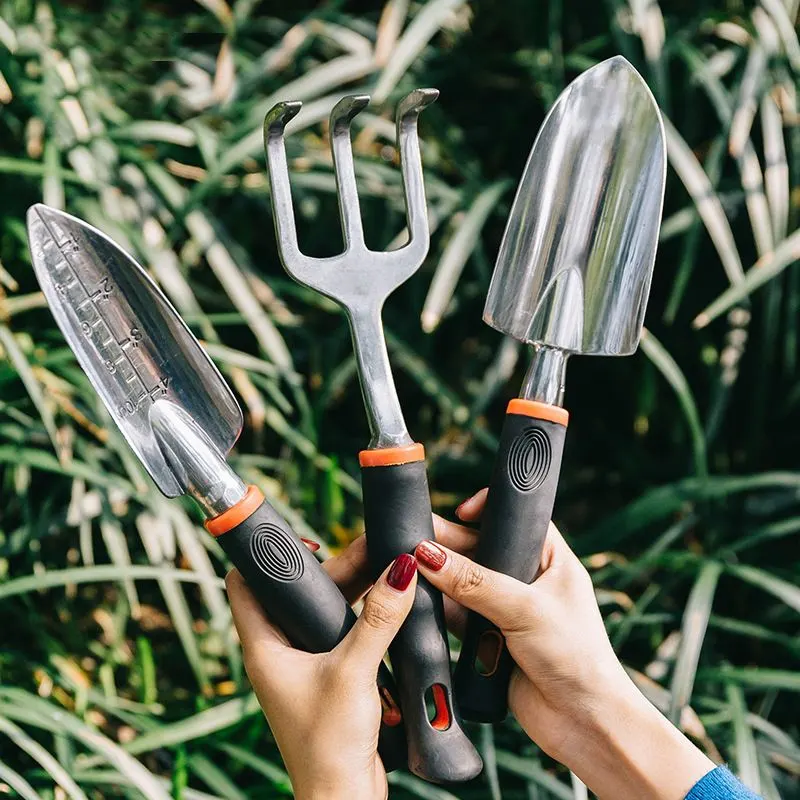
A spatula is not just for the kitchen. Its flat surface makes it ideal for leveling soil in pots and planters, ensuring your seeds have a smooth start.
Old Dish Rack for Tool Storage
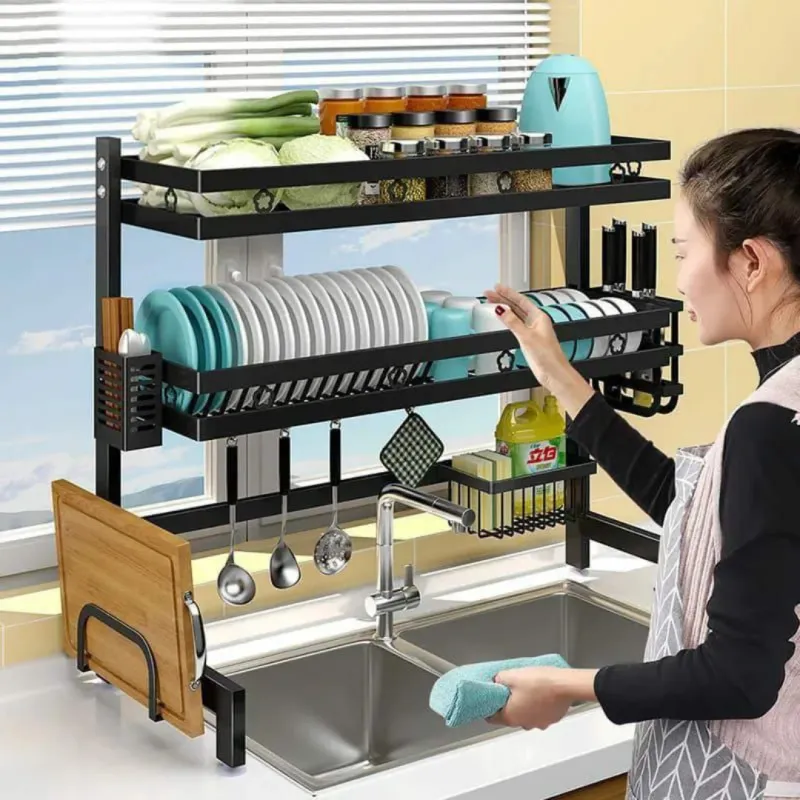
Repurpose an old dish rack to keep your garden tools organized. Its slots and compartments provide handy storage, keeping tools easily accessible.
Ice Cream Scoop for Bulb Planting
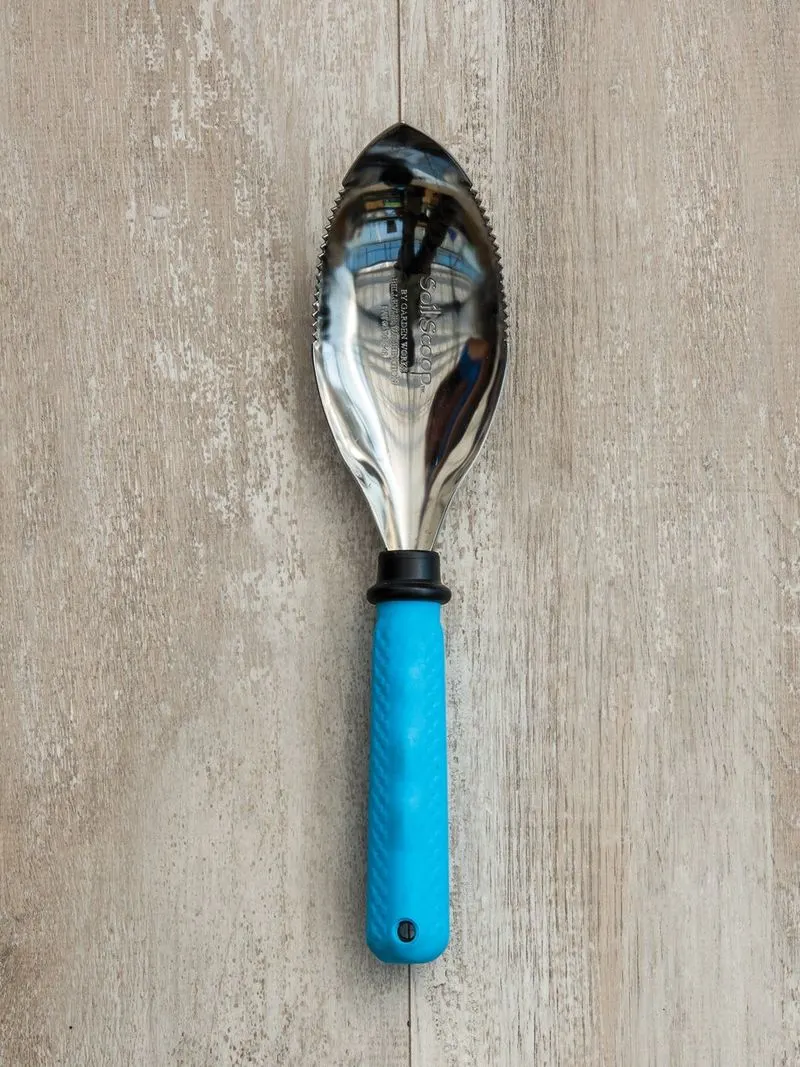
An ice cream scoop is perfect for digging uniform holes for planting bulbs. Its rounded shape ensures consistent depth and size, making planting a breeze.
Cheese Grater for Composting
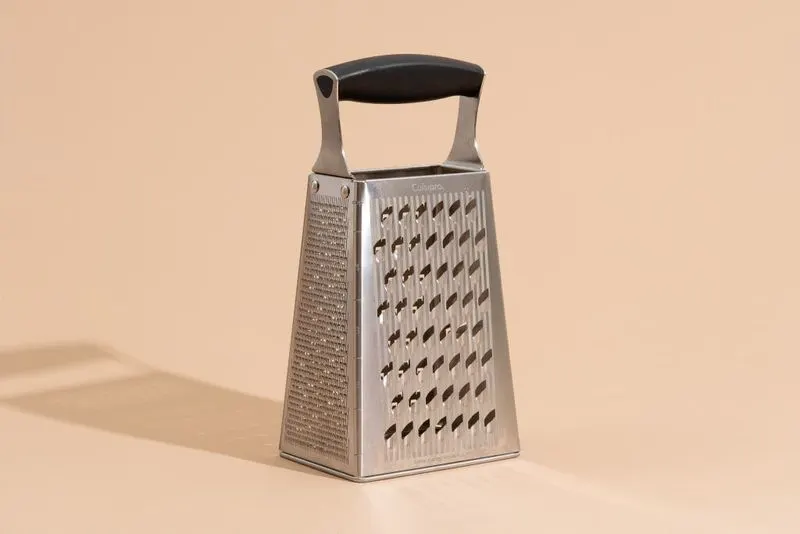
Speed up composting by grating vegetable scraps with a cheese grater. The small pieces decompose faster, aiding a quicker composting process.
Mason Jar for Seed Storage
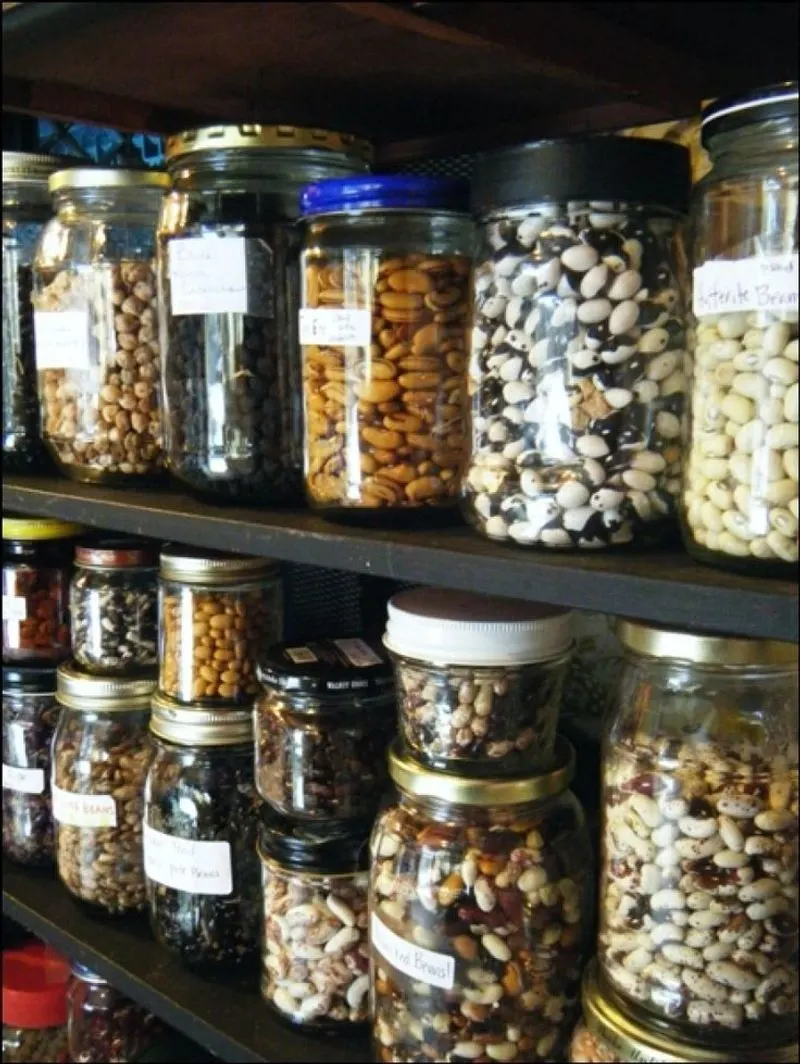
Keep your seeds fresh by storing them in mason jars. The airtight seal protects from moisture, ensuring your seeds are ready for planting.
Old Ladder as a Plant Stand
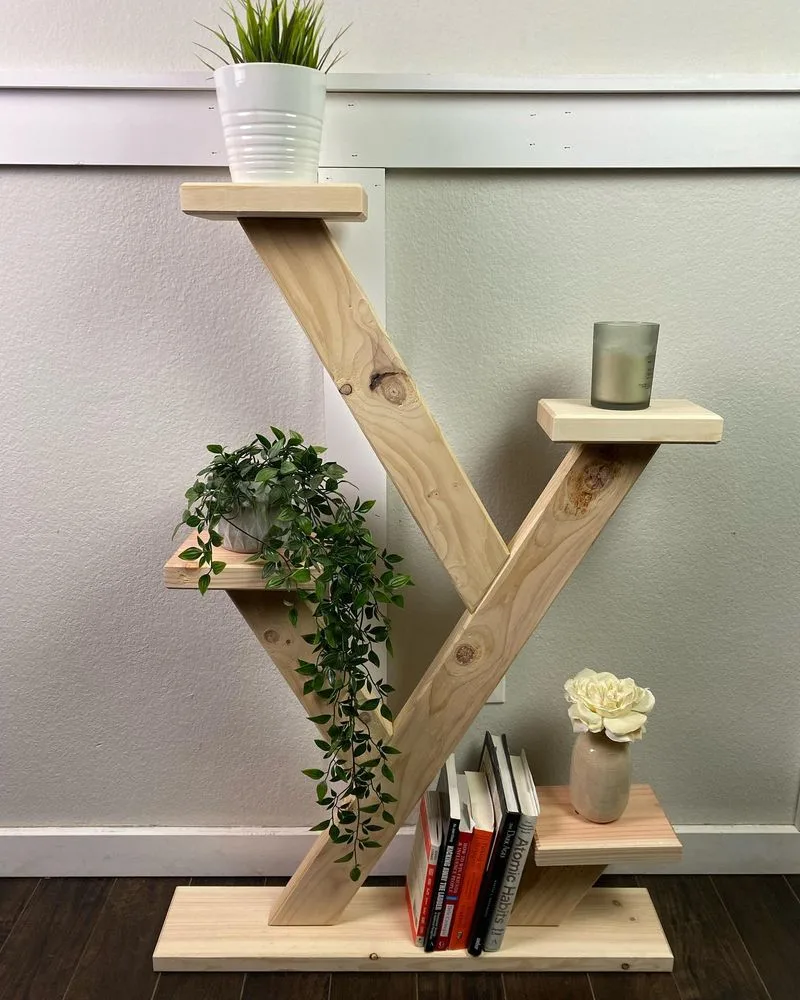
An old ladder makes a charming plant stand. Its tiers are perfect for displaying pots, adding vertical interest to your garden or patio.
Rubber Gloves for Pruning
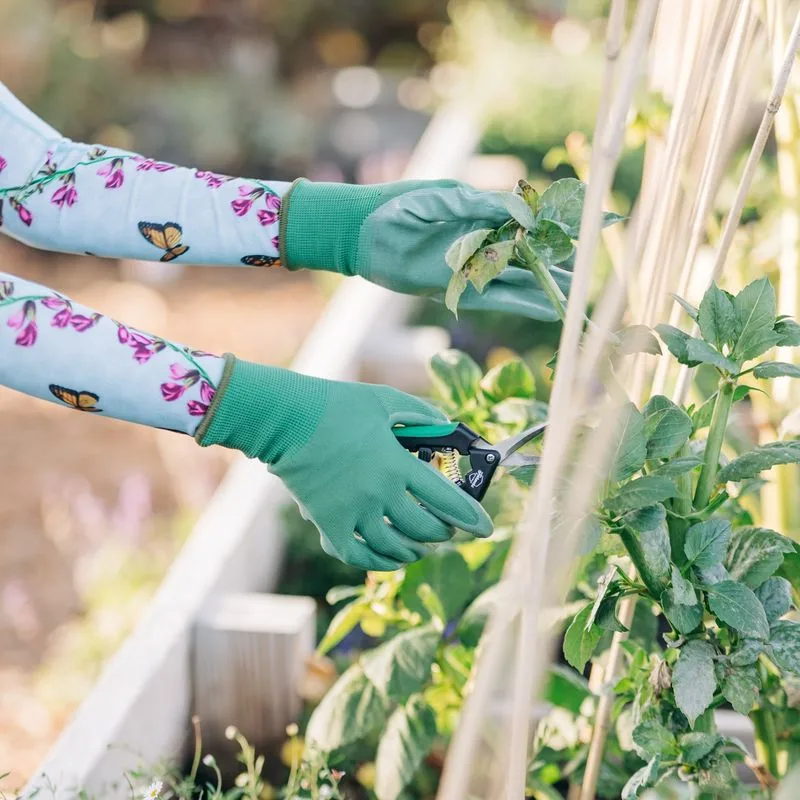
Use rubber gloves for a firm grip while pruning. They protect your hands from thorns and sap, making the task more comfortable.
Broom Handle as a Dibber
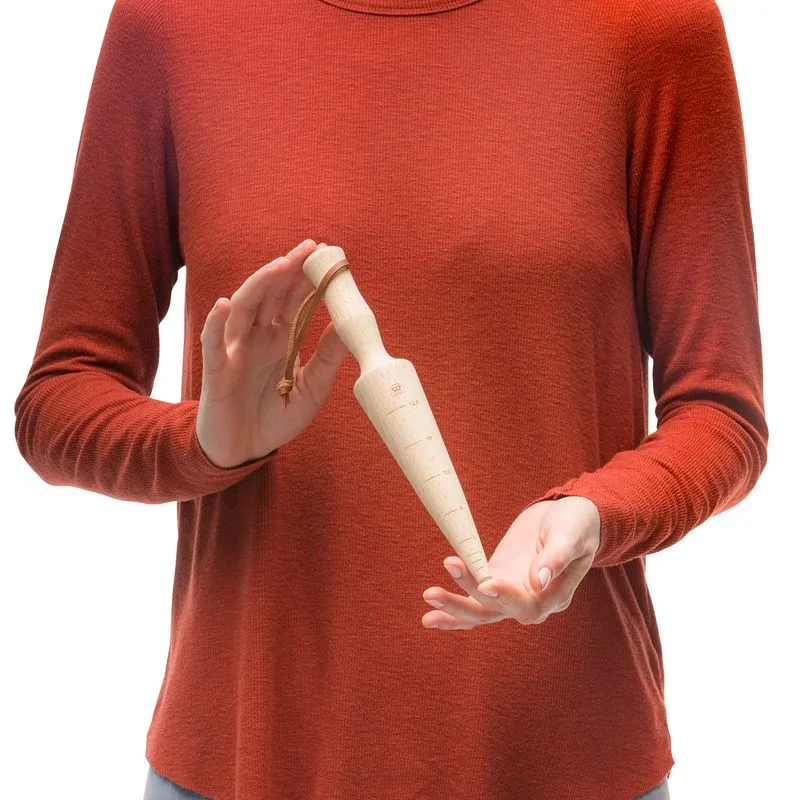
An old broom handle can double as a dibber for planting seeds. Its sturdy design is perfect for creating uniform holes in the soil.

